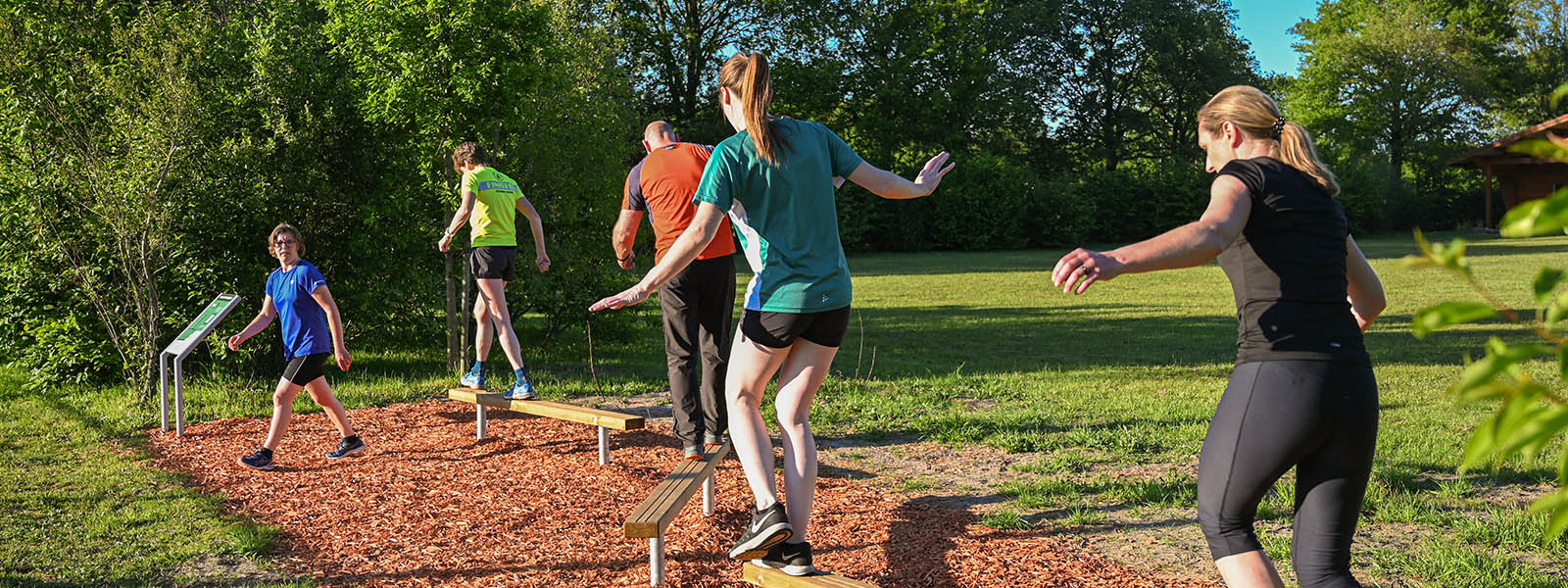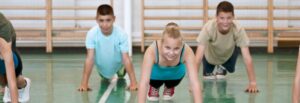Introduction
There’s something special about working out outdoors—the fresh air, the changing scenery, and the connection with nature can make exercise feel less like a chore and more like an adventure. But as the seasons shift, so do the conditions we exercise in. The beauty of fitness is that it can be adapted for every time of year, allowing us to enjoy nature’s offerings while staying fit.
The Benefits of Seasonal Outdoor Workouts
Exercising outdoors offers unique physical and mental benefits. From improving your mood to boosting your immune system, spending time outside is good for your overall well-being. Plus, each season brings its own set of challenges and rewards, helping to keep your fitness routine fresh and exciting. Adapting your workouts to the seasons can also help prevent burnout and keep you motivated year-round.
Purpose of the Article
In this article, we’ll explore the best outdoor workouts for each season, providing tips and tricks to help you stay active whether it’s spring, summer, fall, or winter. By embracing the natural changes around you, you can turn every season into an opportunity to enjoy fitness in new and invigorating ways.
1. Spring: Renew and Refresh Your Fitness Routine

Why Spring is Ideal for Outdoor Workouts
Spring marks a time of renewal—not just for nature, but for your fitness routine too. As the weather warms and the days grow longer, it’s the perfect time to shake off the winter blues and jump back into outdoor activities. Flowers are blooming, birds are chirping, and the air is fresh—ideal conditions for getting back in shape after the colder months.
Workout Ideas for Spring
- Trail Running and Hiking: Spring offers ideal temperatures for hitting the trails. The terrain and elevation will challenge your endurance, while the vibrant scenery will keep you engaged and motivated. Plus, trail running builds more muscle strength compared to running on flat surfaces.
- Outdoor Yoga: Yoga in nature offers a calming, restorative experience. Whether in a park or your backyard, practicing yoga outdoors helps you connect with your surroundings and breathe in fresh air while improving flexibility and strength.
- HIIT in the Park: High-intensity interval training (HIIT) doesn’t need a gym. Parks provide the perfect backdrop for a fast-paced, full-body workout. Use park benches for step-ups, sprints for cardio intervals, and open spaces for bodyweight exercises like squats and burpees.
- Cycling: Dust off your bike and explore new routes. Cycling in spring helps build cardiovascular fitness, strengthens your legs, and offers a fun way to explore your neighborhood or city.
Spring Fitness Tips
- Ease Back Into Outdoor Workouts: After a winter spent mostly indoors, take it easy at first. Gradually increase the intensity of your workouts to avoid injury.
- Dress in Layers: Spring weather can be unpredictable, with cool mornings and warmer afternoons. Wear layers that you can remove as you warm up, and consider lightweight, moisture-wicking fabrics.
2. Summer: Sun, Fun, and Sweat

Why Summer is Perfect for Outdoor Fitness
Summer offers endless daylight, blue skies, and plenty of opportunities to get outside and get moving. While the heat can be intense, summer is a great time to embrace water-based workouts or early-morning sessions that make the most of the cooler hours.
Workout Ideas for Summer
- Beach Workouts: Sand adds resistance to any exercise, making it a great surface for challenging workouts. You can jog along the shore, do bodyweight exercises like lunges and squats, or even join in on a beach volleyball game for some friendly competition.
- Swimming: When the heat becomes unbearable, there’s no better way to cool off than with a swim. Swimming is a low-impact, full-body workout that boosts cardiovascular health while being easy on the joints.
- Paddleboarding or Kayaking: These water sports are not only fun, but they’re also excellent for building core strength and balance. Plus, they give you a chance to soak in beautiful lakes or ocean views.
- Early Morning or Evening Runs: Beat the summer heat by scheduling your runs during the cooler parts of the day, such as early morning or late evening. Running in cooler air makes for more pleasant and effective workouts.
Summer Fitness Tips
- Stay Hydrated: It’s easy to get dehydrated in the summer, especially when exercising outdoors. Carry water with you and sip frequently, even if you don’t feel thirsty.
- Protect Your Skin: Apply sunscreen, wear a hat, and opt for UV-protective clothing to shield yourself from harmful sun exposure.
- Adjust Your Intensity: High temperatures can make it harder to maintain the same intensity as you would in cooler months. It’s okay to scale back the intensity or take more frequent breaks to avoid overheating.
3. Fall: Embrace the Crisp Air and Changing Scenery
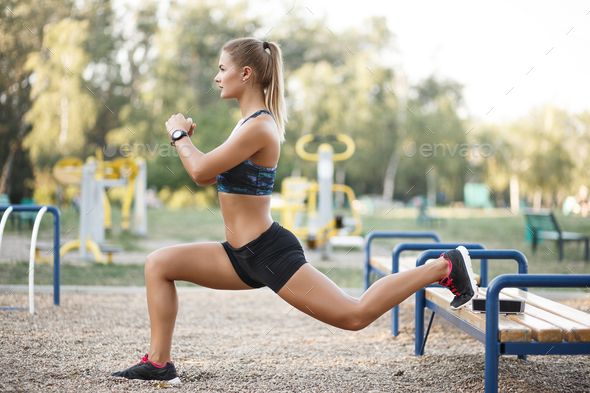
Why Fall is a Great Time for Outdoor Fitness
Fall offers crisp, cool air and stunning landscapes as the leaves change color, creating an inspiring atmosphere for outdoor workouts. The temperatures are typically perfect—not too hot and not too cold—making it easier to push yourself while enjoying the seasonal beauty.
Workout Ideas for Fall
- Running Through Nature Trails: Fall is the ideal season for trail running. The cooler weather allows for longer, more comfortable runs, and the colorful scenery can turn a simple jog into an awe-inspiring experience.
- Outdoor Boot Camps: Take your strength training outdoors with a boot camp-style workout. Use park benches, resistance bands, and bodyweight exercises to get a total-body workout. Fall’s cooler temperatures make it easier to maintain high energy during intense sessions.
- Biking Adventures: Cooler weather means you can ride longer without overheating. Explore scenic routes and enjoy the peacefulness of autumn landscapes while building cardiovascular endurance.
- Farm Workouts or Corn Maze Challenges: Embrace fall’s harvest season by incorporating playful elements into your fitness routine. Activities like pumpkin lifts, hay bale flips, or running through a corn maze can make your workout both fun and functional.
Fall Fitness Tips
- Adjust for Shorter Days: As daylight decreases, you may need to adjust your schedule to make sure you’re working out while it’s still light. If necessary, move your workouts earlier in the day or invest in reflective gear for evening runs.
- Wear Breathable, Warm Gear: The key to staying comfortable in fall is dressing in breathable layers. Choose moisture-wicking fabrics that can keep you warm without causing you to overheat.
- Stay Consistent: The holiday season can be a distraction, and cooler weather can make staying inside more tempting. Keep your workout schedule consistent to stay on track with your fitness goals.
4. Winter: Stay Active Despite the Cold
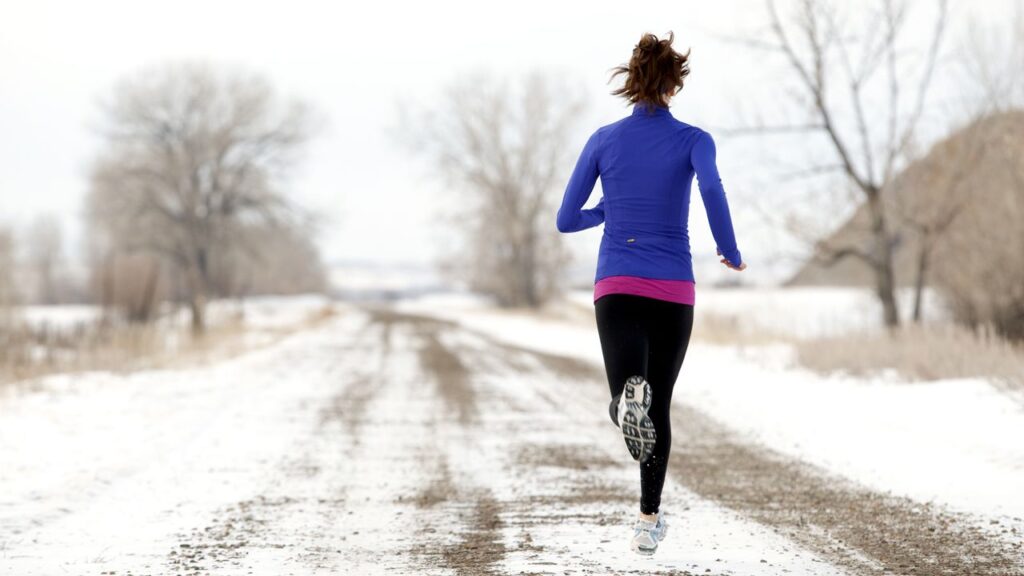
Why Winter Shouldn’t Stop Your Outdoor Workouts
For many, winter seems like a time to hibernate, but it can actually be a great time for outdoor workouts if you embrace the challenge. Cold weather offers a unique opportunity to build endurance and mental toughness. Plus, your body burns more calories just by keeping warm, making your workouts even more effective.
Workout Ideas for Winter
- Snowshoeing or Winter Hiking: Snowshoeing is an excellent way to get a full-body workout while trekking through snowy trails. Winter hiking provides a cardio challenge as you navigate through snow-covered terrain, all while enjoying serene, snow-capped landscapes.
- Cross-Country Skiing: This winter sport engages your whole body and boosts cardiovascular endurance while letting you enjoy the snowy scenery.
- Outdoor Ice Skating: Ice skating can improve balance and coordination, and it’s a fun way to strengthen your lower body. Whether on a frozen lake or a local rink, it’s a great winter fitness activity.
- Winter Boot Camp: Don’t let the cold keep you from your usual boot camp-style workouts. Modify your exercises to account for snow, using it as natural resistance. Activities like snow lunges or hill sprints can add extra intensity to your routine.
Winter Fitness Tips
- Dress for the Cold: Layer up with moisture-wicking fabrics to stay warm and dry. Don’t forget gloves, a hat, and thermal socks to protect your extremities.
- Warm Up Indoors First: Get your blood flowing with a short indoor warm-up before heading outside. This will help prevent muscle strains caused by cold, stiff muscles.
- Be Aware of Ice: Watch out for icy patches to prevent slips and falls. Stick to well-maintained paths or use snowshoeing spikes if you’re hiking.
- Shorten Your Workouts: Cold weather can make it harder to stay outside for long periods. Focus on shorter, more intense workouts to get the most out of your time in the cold.
5. Year-Round Fitness: Adjusting Workouts to Fit Seasonal Changes
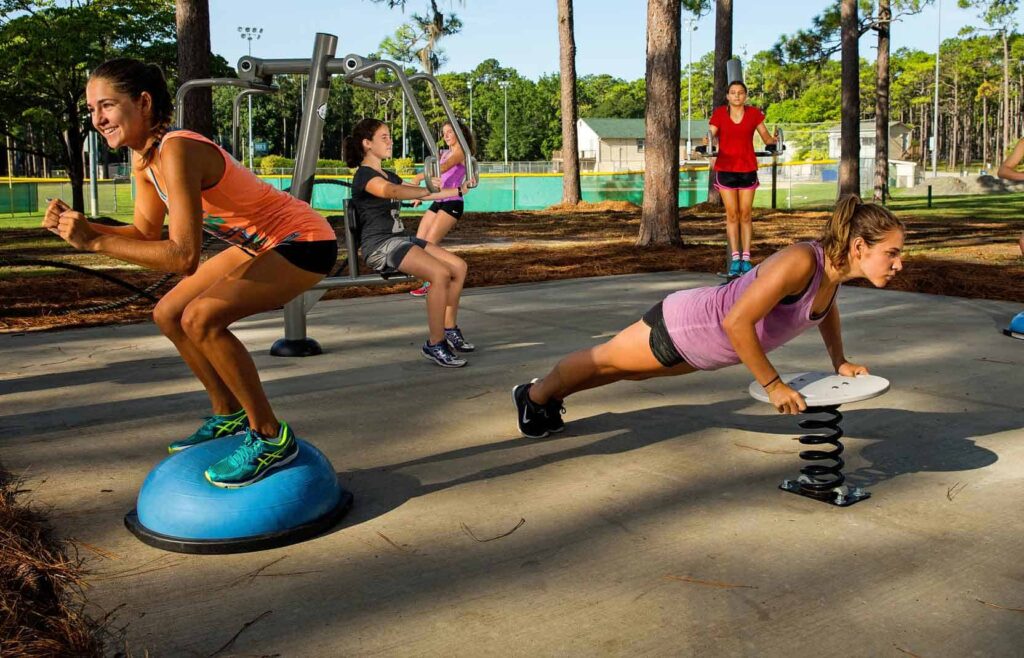
Consistency is Key
No matter the season, the key to fitness success is consistency. By adapting your routine to the seasonal changes, you can keep your body challenged and prevent boredom. Whether you’re braving the cold or embracing the summer sun, it’s important to keep moving and stay active year-round.
How to Stay Motivated Throughout the Year
- Set Seasonal Fitness Goals: Each season provides a new opportunity to set specific fitness goals. Whether it’s training for a fall marathon or hitting the slopes in winter, use the changing seasons to stay motivated.
- Mix Up Your Routine: Changing your workout routine with the seasons not only keeps things exciting, but it also ensures you’re working different muscles and challenging your body in new ways.
- Accountability Partners: Find a fitness buddy

